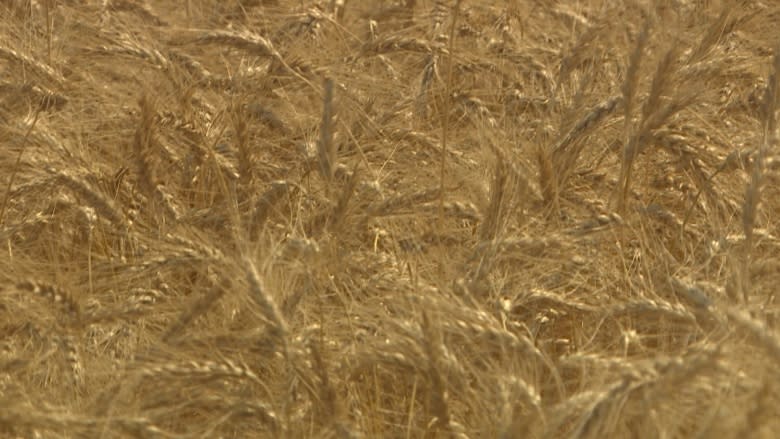Climate change may create both challenges and opportunities for farmers, experts say
As our temperatures continue to rise due to global climate change, Manitoba farmers will face new challenges and new gains in the decades to come, a report says.
The report Agricultural Solutions to Climate Change: Findings from the Manitoba Agricultural Climate Initiative examines how the heat is changing and will continue to change the way farmers work.
The report, released in March, covers everything from what farmers will be able to grow to when they'll be able to grow it.
The report says the Prairie Climate Centre predicts that on the present path, by 2080s, Manitoba's climate could resemble that of current-day Kansas and northern Texas.
This would add a month of frost-free growing to the farm calendar, but also bring more extreme weather patterns, the report says.
An increase in overall average temperatures in the province would mean opportunities for farmers to grow more heat-loving crops, such as corn and soy beans.
The province already has seen a huge increase in the amount of soy grown — from about 30,000 acres 15 years ago to 1.6 million last year, said James Battershill, general manager of Keystone Agricultural Producers, a farm organization that created the Manitoba Agricultural Climate Initiative.
While the heat doesn't present a huge challenge for farmers, given technological innovations that allow for things like air conditioned equipment, the extreme weather patterns could make things more difficult for them, Battershill said.
"That's what's challenging for farmers to adapt to on a year-to-year basis," he said.
The changes are expected to happen gradually over generations, not within the next few years, Battershill said.
The changes could have major economic implications as well, said Jeff Rubin, an economist and author whose research is focused on the economic effects of climate change.
Not only would a hotter climate potentially increase yields for crops already grown in Manitoba, but longer growing seasons also open the door to much higher-value-added crops, he said.
"If you would compare what an acre of farmland costs in Brandon, Man., to an acre of farmland in Iowa and Illinois, where soy bean and corn is king, you'll see what I'm talking about, because an acre of land in the U.S. corn belt trades at a huge premium to what Prairie farmland would trade at," he said.
"That's why some institutional investors have made significant investments in Prairie farmland."



